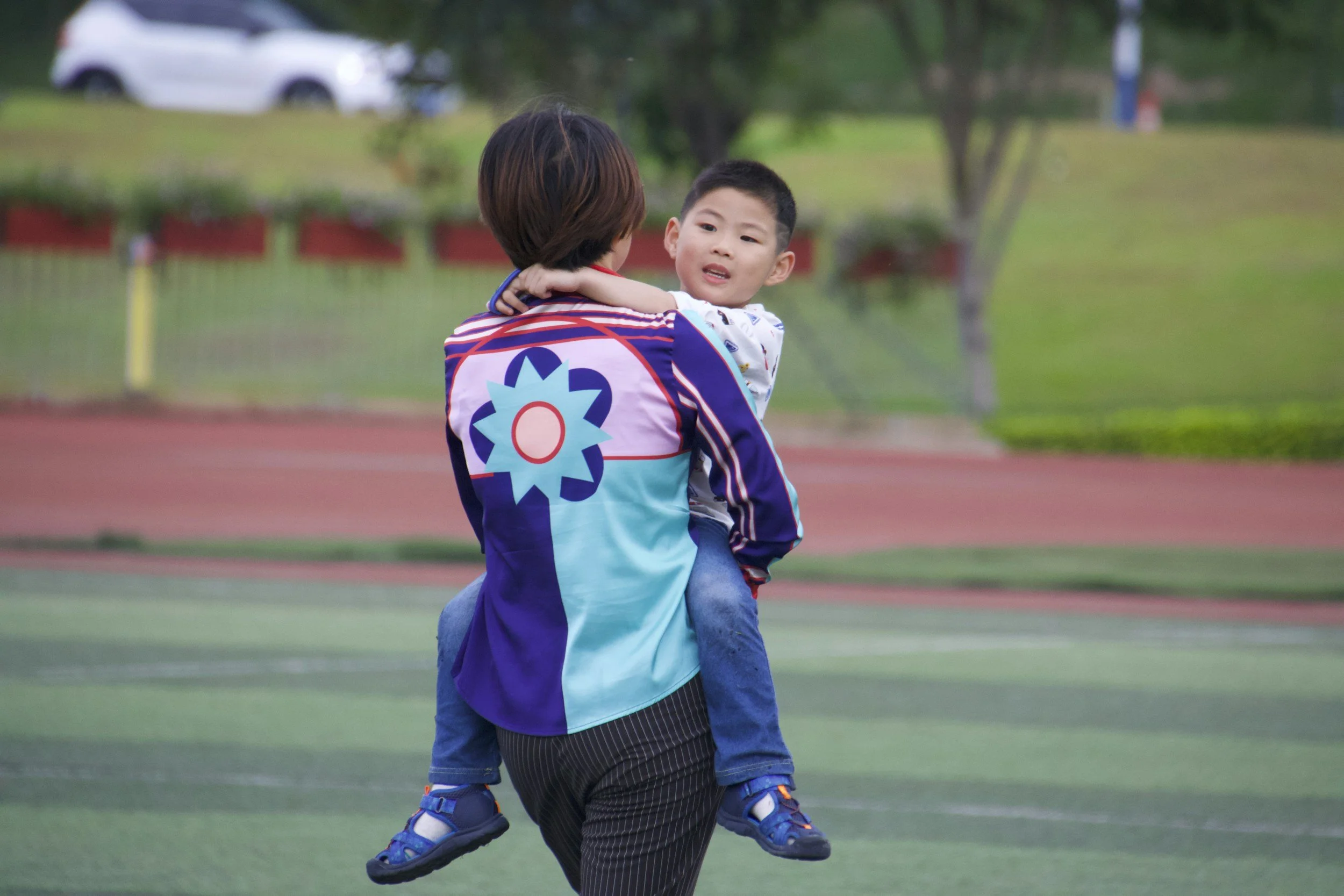Understanding the 8 Senses: A Caregiver’s Guide
Why This Matters for Caregivers:
When children “act out,” refuse certain foods, or struggle with transitions, it often ties back to their sensory world. Understanding the eight senses helps you:
Recognize what overwhelms or soothes your child.
Create environments that support regulation (quiet corners, movement breaks, sensory play).
Foster empathy by remembering your child’s behaviour is communication.
The Five Familiar Senses
Sight (Vision)
Your child takes in colour, light, and movement with their eyes. Some kids are especially sensitive to bright lights or busy environments.Sound (Audition)
Noises can feel exciting, soothing, or overwhelming. Think about the difference between the hum of a classroom versus the sudden blast of a fire alarm.Smell (Olfaction)
Scents can comfort or trigger discomfort. A familiar smell, like a parent’s perfume, can calm a child.Taste (Gustation)
Food textures and flavours can be a joy—or a challenge—depending on sensitivity. This explains picky eating or the preference for very plain foods.Touch (Tactile)
Through the skin, children experience texture, temperature, and pressure. Some kids crave hugs and cuddles, while others may shy away from tags on clothing or messy play.
The Three “Hidden” Senses
6. Vestibular (Balance and Movement)
Located in the inner ear, this sense helps children know where their body is in space and how to stay balanced. Swinging, spinning, or jumping can either help regulate or overwhelm, depending on the child.
7. Proprioception (Body Awareness)
This sense tells children how their muscles and joints are moving. It helps them push, pull, and know how much force to use (like hugging gently versus squeezing too hard). Many kids seek proprioceptive input by climbing, crashing, or carrying heavy objects.
8. Interoception (Internal Body Awareness)
This sense is about noticing what’s happening inside—hunger, thirst, needing the bathroom, or feeling hot or cold. It also connects to emotions: a racing heart when scared, or a warm belly when content.
Final Thought: Every child’s sensory system is unique. By learning about the eight senses, caregivers can support their child’s regulation and growth.
We’re here to help.
At Creative Horizons Counselling, we offer warm, age-appropriate support for children and families—using play, art, and evidence-informed strategies to build real-world skills.
Ready to get started?
Book an appointment here or call us at: 778-265-6383.



